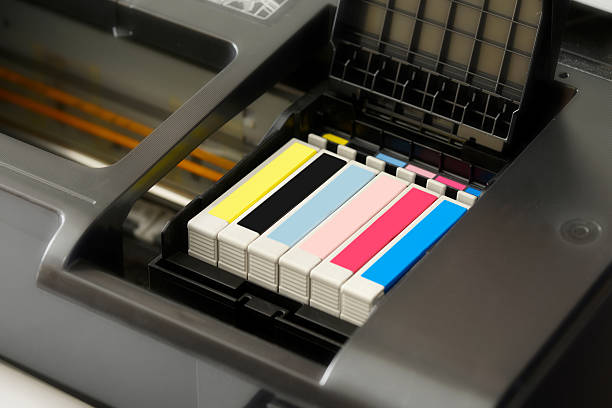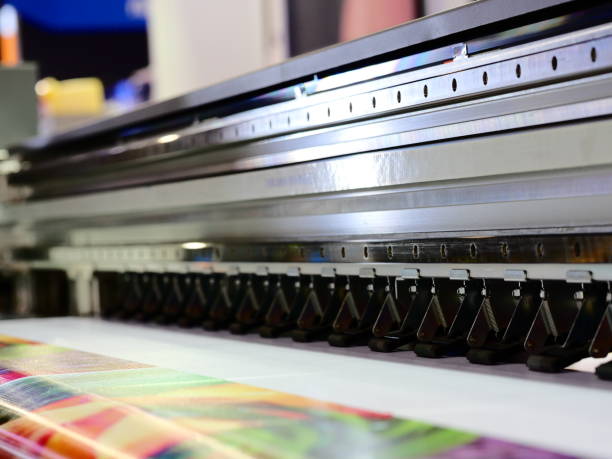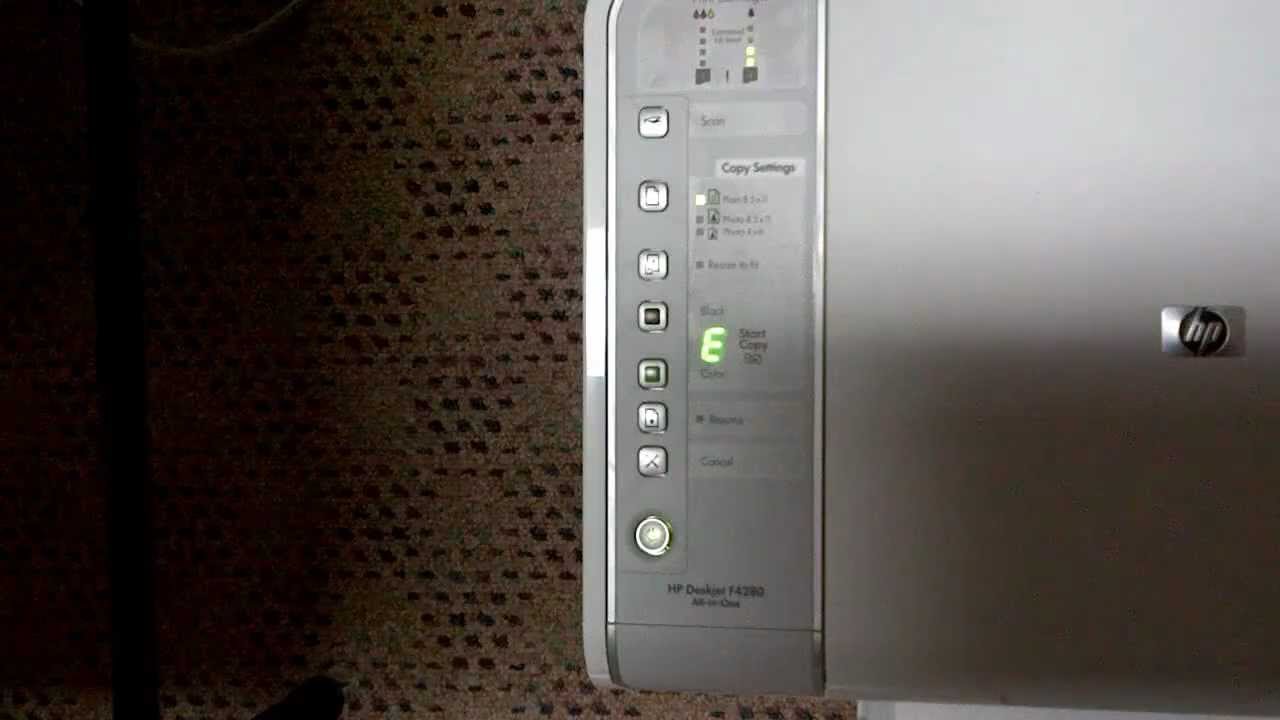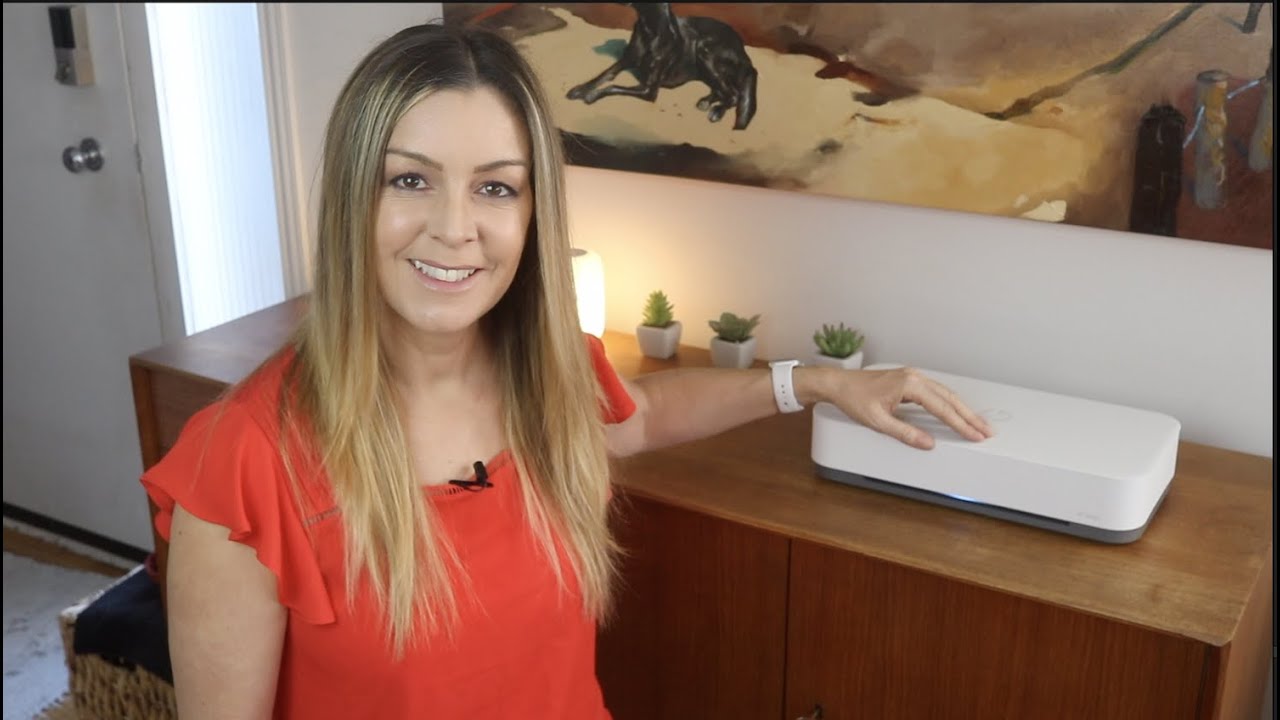HP Ink Cartridges: Print Your Way To Productivity
Ink For HP Printers Facility
In this post, we won't be telling you what specific printer HP ink cartridges to purchase. We will go through some of the options you will be faced with and some of the functions you might desire to ensure you're getting, including Deskjet versus laser, multifunction versus single process, and how to choose what to purchase and where at Supplies Outlet it can be bought. So let's begin.
If you haven't bought a printer HP ink cartridge lately–or if you have not required one previously–you may want a fast refresher on the distinction between Deskjet and laser models. What follows is a considerable simplification. However, it will give you a basic concept of how they work.
Deskjets spray tiny beads of liquid ink for HP printers onto a page. There are numerous kinds of Deskjet shipment systems. However, most customer systems utilize different ink cartridges, each fitted with a printhead that separates the colorant into the microscopic droplets. (Professional-level Deskjets typically have other printheads that can be replaced by themselves.) Colors are created by integrating various colored pigments.
The variety of capsules that a color deskjet uses differs. The least expensive printing machine generally utilizes only two capsules–one with black color and one that contains cyan, magenta, and yellow coloring.
Much lower- to medium-priced Deskjet devices provide four different cylinders–cyan, magenta, yellow, and black. More upscale printing machines will have various black pods for text; appliances used by photographers or services will have a more comprehensive selection of colorants.
But even the least expensive Deskjets can wind up encountering lots of money. The machine might cost no more than $50 or $100; however, a single set of these items can cost nearly as much. And since many color printers will not run at all, if any among the items run out of tinge (for example, you can't simply print in black if the cyan one runs out), you'll need to change any spent cartridges. (We'll deal more with those expenses later on).
There are a couple of color jet models out there called supertanks, with refillable tanks that use a lower expense per page than the standard items for sale. They are sold by a couple of manufacturers, such as Bro, Canon, and Epson, and could be a consideration if you plan to do a lot of color printing.
These gadgets utilize lasers to produce static electrical power on a rolling drum inside the apparatus. The static electricity brings in toner (tincture in the form of powder), which is melted onto the paper.

While toner cartridges at a first cost more than colorant capsules, they likewise last far longer than liquid coloring; as a result, your cost per page will be less. The device also tends to cost more at first than Deskjet models–however, they can conserve money over the long term.
Laser models have several other benefits over ColorJets unless you require color. They are much faster than Color jets (particularly low-end models, which can be sluggish), and the quality of their text printing is more accurate (although present models are accurate enough to suit most documents).
Color lasers are likewise more offered than they used to be. However, they are more expensive, and unless they are professional-level appliances, the color will not be as good as an equivalently priced color jet.
There are numerous other factors to consider about before purchasing a brand-new machine. Here are some concerns to ask yourself while deciding what to buy.
One method to decide whether to buy a laser or a Deskjet model is to check out what you want to finish with. If color is trivial to you, then it's a no-brainer. A printing device will be more cost-efficient and quicker. If you want to print out your kids' computer system artwork in color or print a rare photograph, you're probably in the market for a color jet.
If you see yourself working from a house for the foreseeable future-- or perhaps if you do not-- you may wish to consider a multifunction (likewise called an all-in-one or AIO) device. These devices do not just print from your computer.

However, they enable you to scan existing documents and either copies them or conserve them as files. (Some likewise let you fax a scanned file; however, because faxing has become much less needed, this function is rapidly disappearing).
They are handy for keeping the paperwork around your home to a minimum, given that you can save PDFs of most of your documents (specifically those you have had sitting around for many years) and then dispose of the actual hard copies.
(Yes, you can use your phone's video camera to scan and submit files; if you occasionally need to scan a document, that could be enough for you. The quality of a phone-scanned file does not match the quality of an excellent scanner).
Many consumer-level multifunctions will let you copy as much as an 8.5 x 11-inch paper (commonly called letter-sized), but you can also buy printers that will allow you to handle an 8.5 x 14-inch (legal size) paper.
Suppose you see yourself doing a lot of copying or scanning. In that case, you should search for a multifunction with an automatic file feeder (generally described as an ADF) that lets you quickly move various pages through the system.
Many existing gadgets work by pulling the paper in from the front, running it around the drum or roller, and then popping it out to the output tray. If you're printing on much heavier stock, you don't want to flex the paper; in that case, you may want to look for an office gadget with an input tray coming from the back of the gadget so that the paper is pushed through on a straight line.
Some apparatuses also enable you to have more than one paper tray in front, letting you pick different colored paper, for example, or having one tray hold letter-sized paper and the other legal-sized. You can buy these items at https://www.suppliesoutlet.com/printer-ink/cartridge/hp
You also need to know the number of sheets of paper your input and output trays is capable of holding. If you are preparing to print out a 200-page manuscript, you do not desire an output tray that can only deal with 50 pages, or you could discover 150 of your pages strewn over your flooring.


